HOW IS BLISTER PACKAGING MADE?
A Guide to the Production Process of Blister Packs
By Hope Chan. Last updated: June 29, 2022
Here’s a bird’s eye view of the steps in this post:
- Design
- Prototype Creation
- Molding + Material Ordering + Carton Ordering
- Mass Production – Blister Thermoforming Process
- Die Cutting
- Quality Check + Packing
- Random Recheck + Shipping
Let’s go over them in detail…
Step 1. Design
Specialists draw up prototypes and wait for confirmation from clients.
At this stage, buyers are expected to provide either
1) product size info, or
2) send an actual product
So that we can start the design process. Design service is free of charge and usually takes about a day or two to complete.
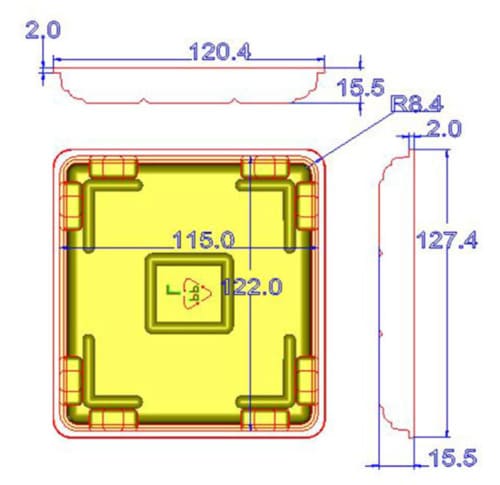
Step 2. Prototype Creation
Make plaster mold prototypes. Send a sample to the client and wait for confirmation.
The custom blister packaging molding process officially starts now.
- A custom blister pack sample will be produced using plaster mold and then sent to the buyer to check for quality.
- Once the buyer has confirmed the sample pack, we’ll move on to the next stage.
- This stage usually takes about 5 days (delivery and transit time excluded)
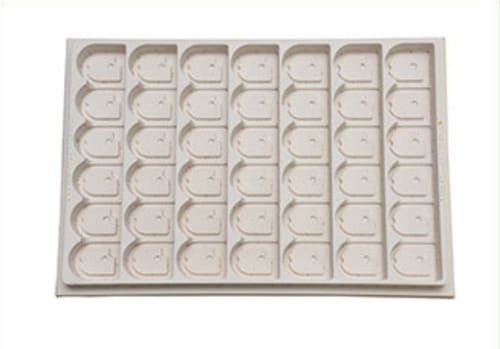
Step 3. Molding + Material & Carton Ordering
Copper/Aluminum mold – Get ready for the production process.
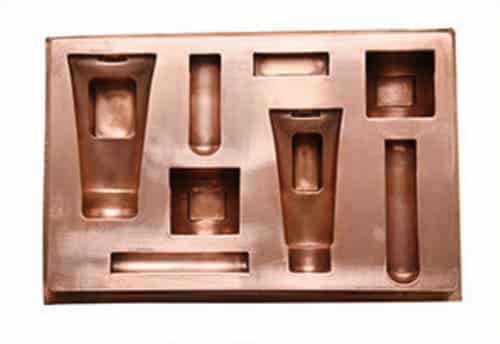
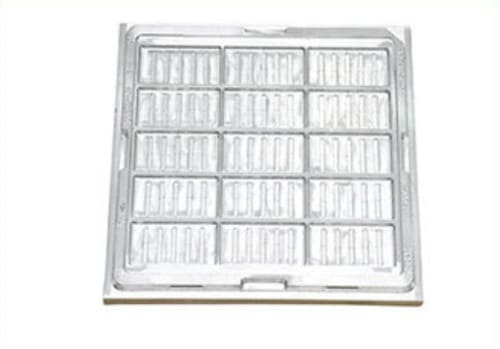
Copper Mold
- Smooth surface + High durability + Moderate cost
- Long mold production cycle (about 5 days)
- Unable to produce fine blister products for the lack of details
Aluminum Mold
- Higher durability + Higher degree of precision
- Shorter mold production cycle (about 3 days)
- Able to yield better quality blister products with less scraps
1) Make Copper/Aluminum mold and use them on the mass production process.
2) Manufacturer will start to order the materials needed and the cartons.
Step 4. Mass Production
Start to mass produce thermoformed blister products and to provide updates on progress.
Note:
If the blister packaging products require paperboard cards, such as trapped blisters and slide card blisters, then the printing process start at this stage as well.
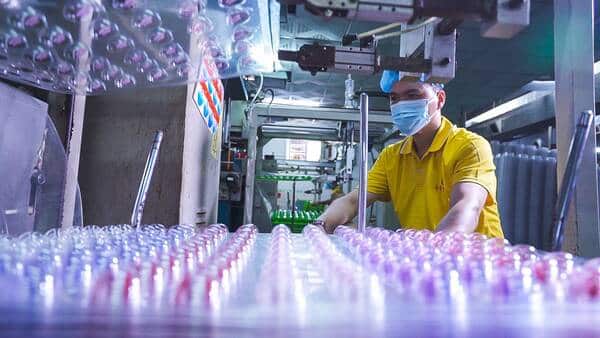
Step 5. Die Cutting
Cut the thermoformed plastic sheets into a smaller form and make them the desired size and shape.
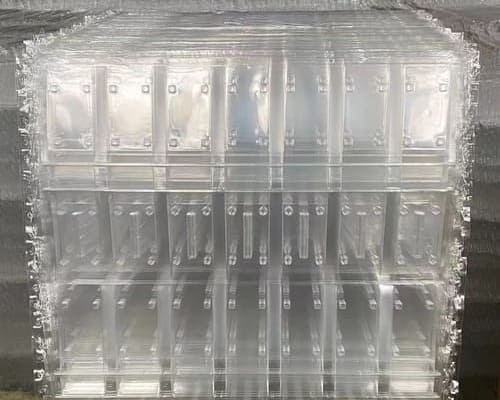
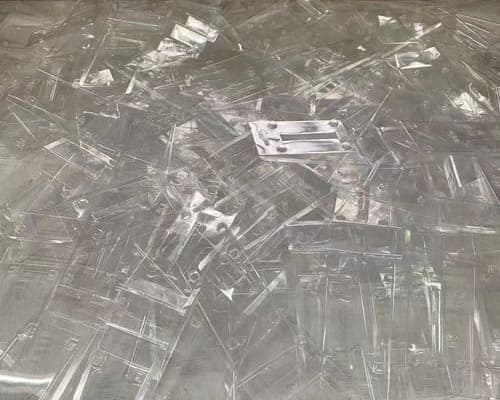
Step 6. Quality Check + Packing
Do quality check and remove flawed products. Pack for shipping.
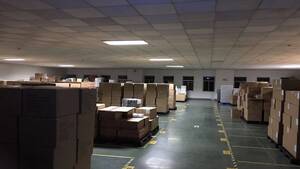
Step 7. Random Recheck + Shipping
Do random rechecks to ensure product quality and then ship the products.

And now you have a rough idea of how blister packaging is made.
